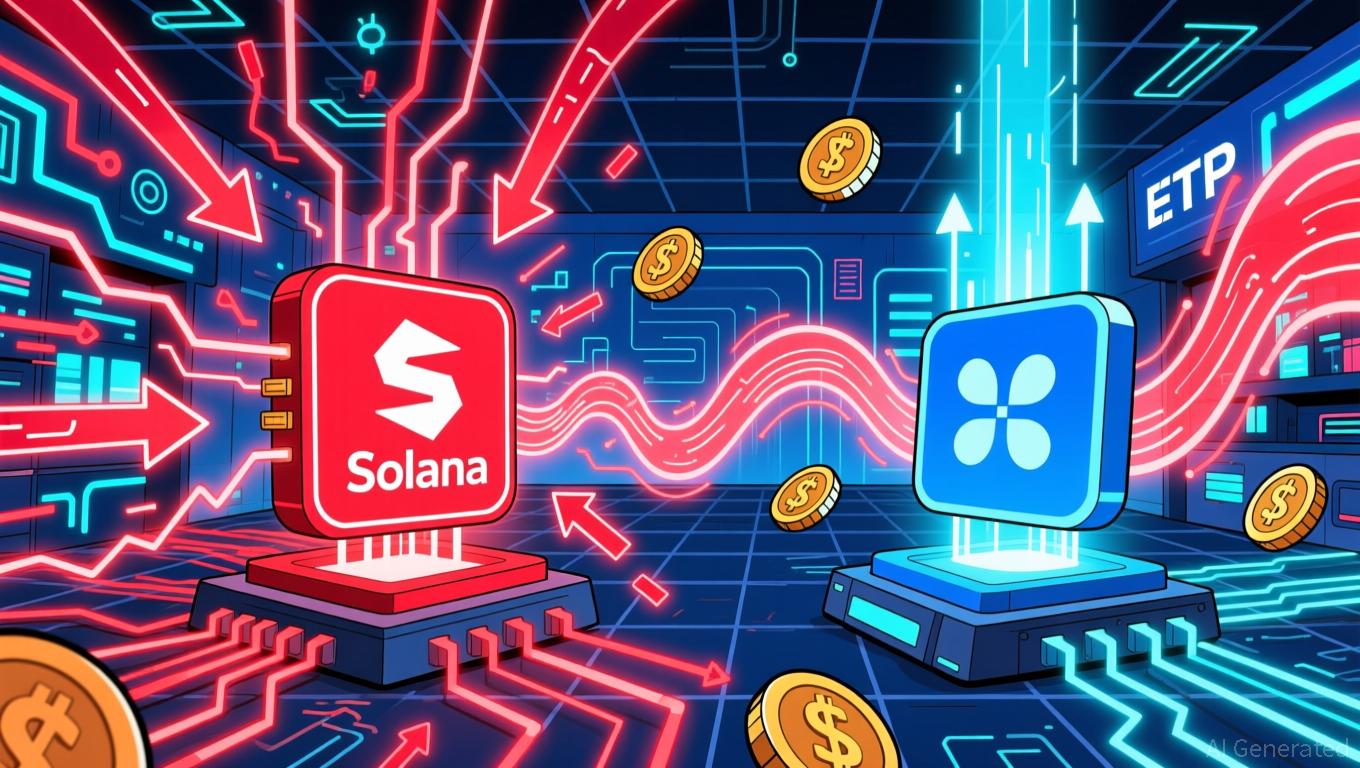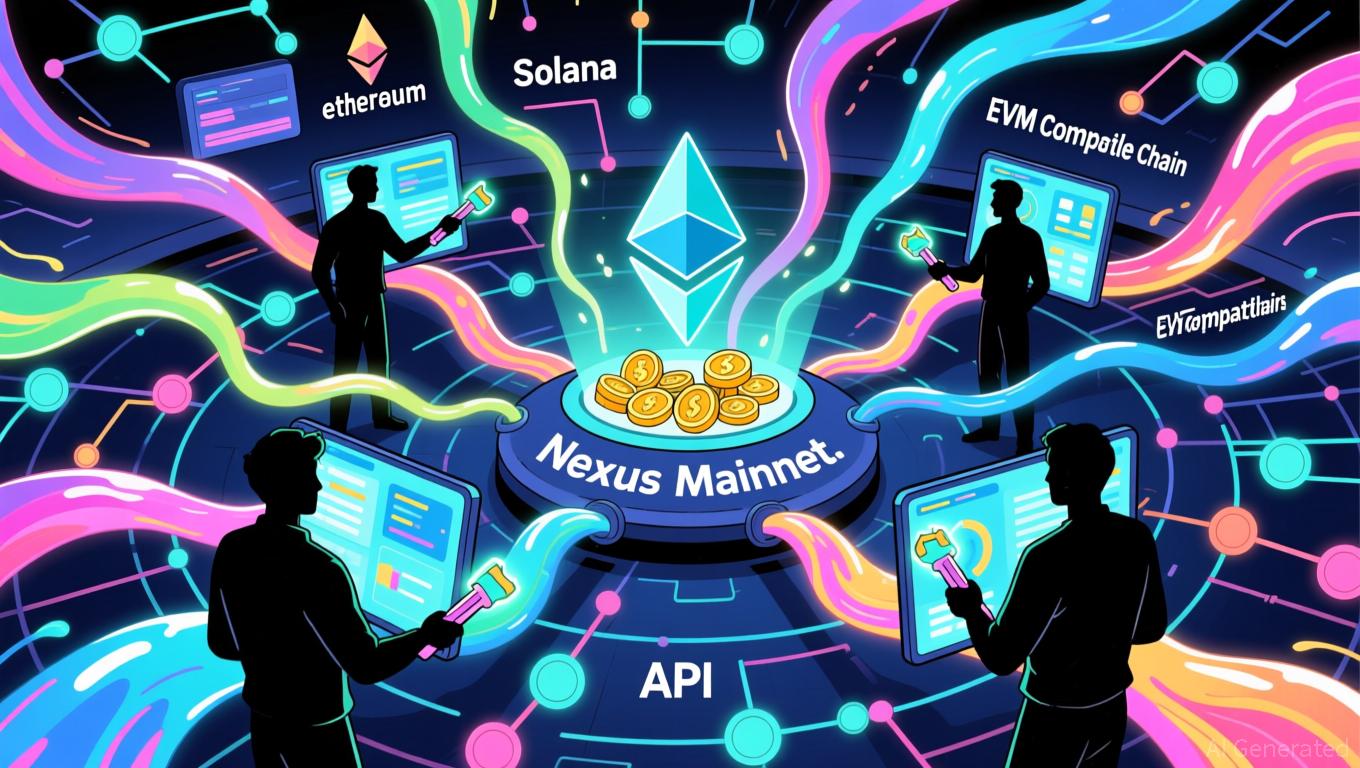Balancer to repay liquidity providers $8M in recovered funds after $128M v2 exploit
A new proposal on Balancer’s governance forum sets the stage for how the protocol plans to handle the next phase of its recovery effort.
- Balancer has proposed a framework to distribute $8M in rescued assets after the V2 exploit.
- Whitehats would receive 10% bounties, while LP repayments would be pro-rata and paid in-kind.
- The Nov. 3 attack drained over $128M, prompting coordinated recoveries and community-wide mitigation efforts.
Balancer has outlined a reimbursement plan that would return roughly $8 million in rescued assets to liquidity providers affected during the v2 exploit.
The Nov. 27 proposal is the protocol’s first concrete step toward settling losses after one of decentralized finance’s largest breaches this year.
How the repayment plan would work
The proposal details how funds recovered by whitehat responders and internal rescue teams will be distributed. According to Balancer ( BAL ), the $8 million was secured across several networks after the exploit, while an additional $19.7 million tied to osETH and osGNO is being processed separately by StakeWise.
Under the plan, whitehat actors who intervened during the attack would receive bounties equal to 10% of the assets they helped recover, paid in the same tokens they returned.
Balancer’s Safe Harbor Agreement requires full identity verification, KYC screening, and sanctions checks before payouts are made. The foundation has already cleared compliance for the whitehats involved, though identities will remain confidential.
The proposal also outlines how internally recovered funds, secured in coordination with Certora, will be treated. Because Certora acted under an ongoing service agreement, these recoveries fall outside the bounty program. Instead, the tokens will be returned directly to the affected pools.
Liquidity providers would receive repayments on a pro-rata basis, matched to their BPT holdings at snapshot blocks taken just before the first exploit transactions on each network.
The distribution would be non-socialized, meaning each pool’s recovered assets go only to LPs in that same pool. Payments would also be made in-kind, giving users the same tokens that were rescued.
A claim interface will be built, and users will need to agree to Balancer’s terms before receiving funds. Any unclaimed assets after the claim window closes would be redirected through a later governance vote.
A look back at the November exploit
The attack on Nov. 3 drained more than $128 million across Ethereum and multiple layer-2 networks, exploiting a precision-loss flaw in Balancer’s v2 pool invariant. The attacker manipulated the token balances, creating a loop of profitable arbitrage that emptied the pools in just a few minutes.
While most stolen assets were quickly moved through mixers, coordinated whitehat responses and protocol-level interventions prevented deeper losses. StakeWise recovered about $19 million in osETH shortly after the incident, and Balancer paused affected pools to contain further damage.
The new reimbursement plan now moves to community review, setting up the next governance vote as Balancer works to close one of its most disruptive chapters of 2025.
Disclaimer: The content of this article solely reflects the author's opinion and does not represent the platform in any capacity. This article is not intended to serve as a reference for making investment decisions.
You may also like
Ethereum News Update: Amundi’s Integrated Approach Connects Blockchain with Conventional Financial Regulations
- Amundi, Europe's largest asset manager, launched its first Ethereum-based tokenized money-market fund, enabling 24/7 settlements and transparent record-keeping via blockchain. - The hybrid model, developed with CACEIS, combines traditional fund operations with blockchain-based ownership, preserving regulatory compliance while expanding investor access. - Ethereum's dominance in stablecoin and RWA transfers ($105.94B in 30 days) underscores its role in accelerating tokenization, with Amundi positioning it

XRP News Today: XRP ETFs Drive Price Increases, While Solana ETFs Ease Selling Pressure
- XRP ETFs raised $587M in inflows since late November, outpacing Solana's $568M as investors favor altcoins with regulatory clarity and utility. - Bitwise XRP ETF's $107M debut and zero-fee strategy drove momentum, while Solana ETFs faced $156M weekly outflows due to network reliability concerns. - XRP's inflows acted as a "battering ram" pushing prices above $2.27, contrasting Solana's ETFs which merely dampened sell pressure without reversing its decline. - Analysts predict XRP could reach $3 by Decembe

The Federal Reserve's Change in Policy and Its Impact on Alternative Cryptocurrencies Such as Solana
- Fed's 2025 policy shifts, including rate cuts and stablecoin regulations, are reshaping altcoin markets by altering liquidity and risk appetite. - Solana's Alpenglow upgrade (150ms finality, 1M TPS) addresses scalability issues, aligning with Fed's AI-driven infrastructure focus despite network reliability concerns. - Institutional inflows into Solana ETFs ($100M AUM) contrast with retail caution (78% HODLers in red), highlighting divergent risk perceptions amid 30% price corrections. - Divergent ETF flo

Avail's Intent-Driven Nexus Addresses the Issue of Fragmented Liquidity Across Chains
- Avail launches Nexus Mainnet, a cross-chain solution unifying liquidity across Ethereum , Solana , and EVM networks. - The intent-solver model enables seamless asset transfers without technical complexities, streamlining user experiences. - Developers gain modular tools for multichain integration, reducing costs as cross-chain liquidity demand grows. - Nexus abstracts execution layers, offering unified balances and execution while addressing fragmentation challenges. - With $50B+ in cross-chain activity

